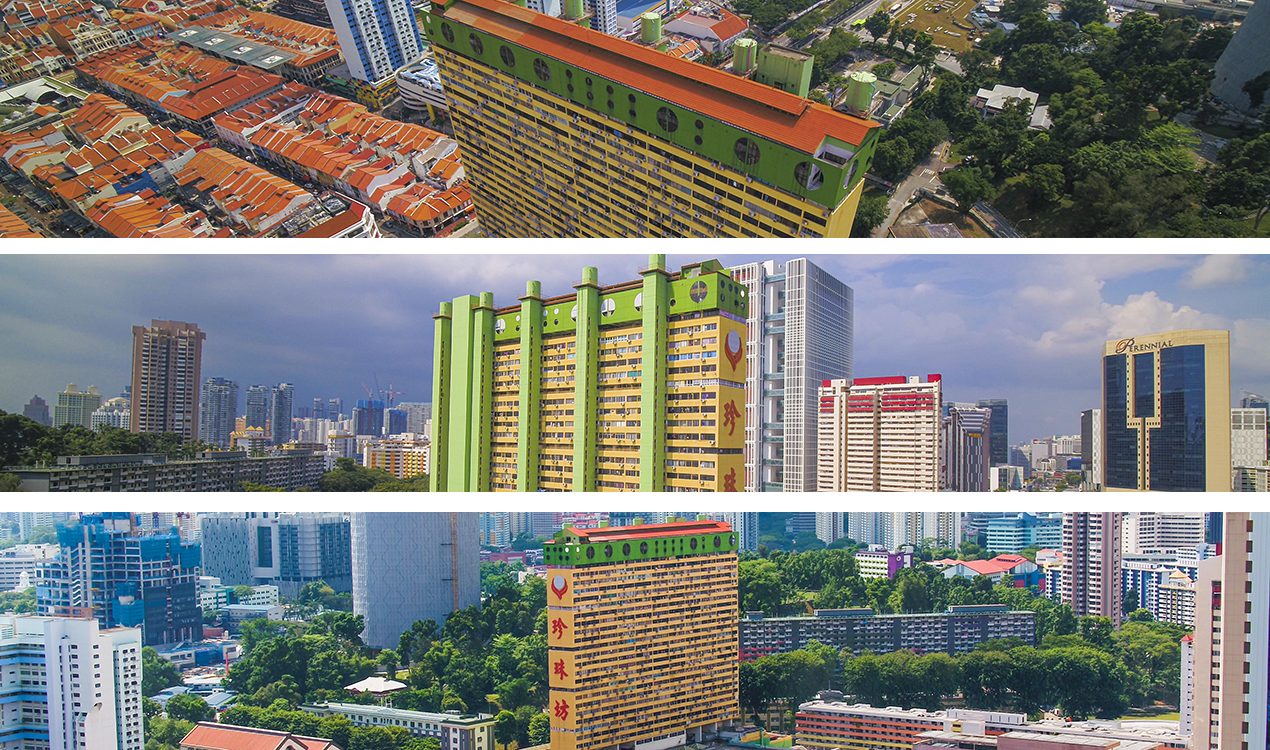
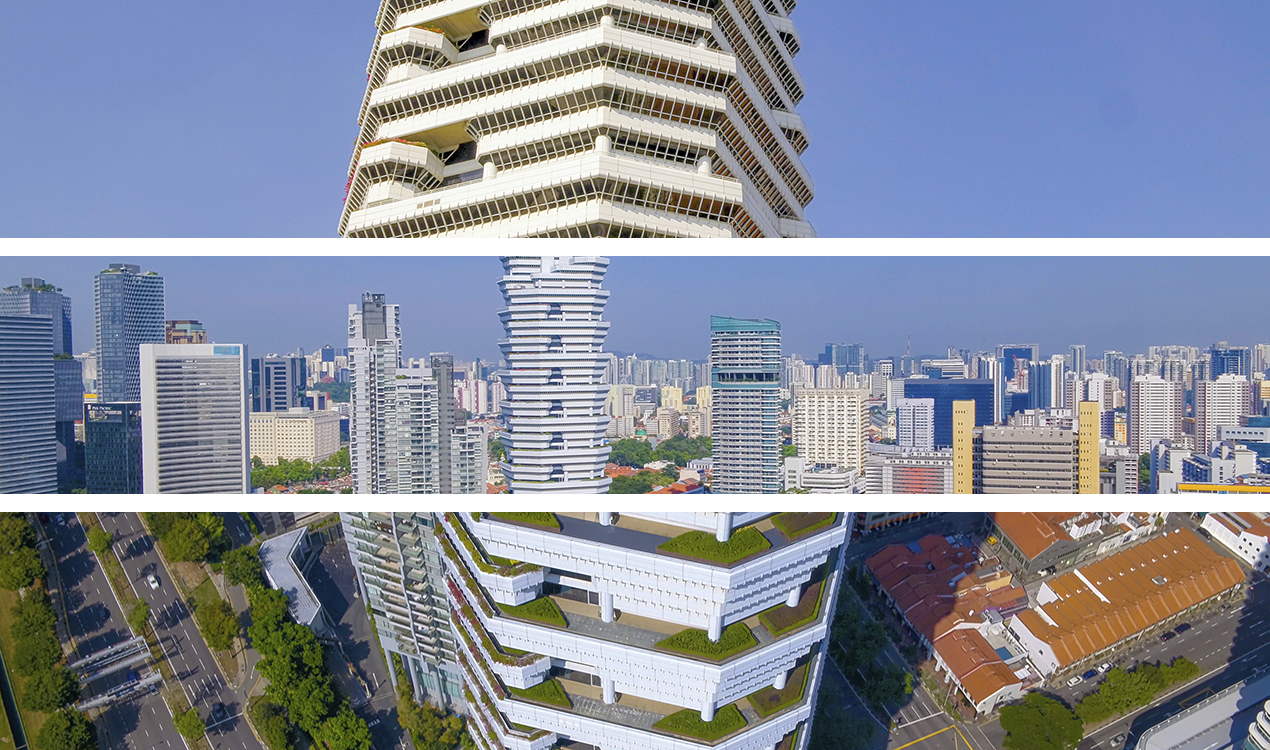
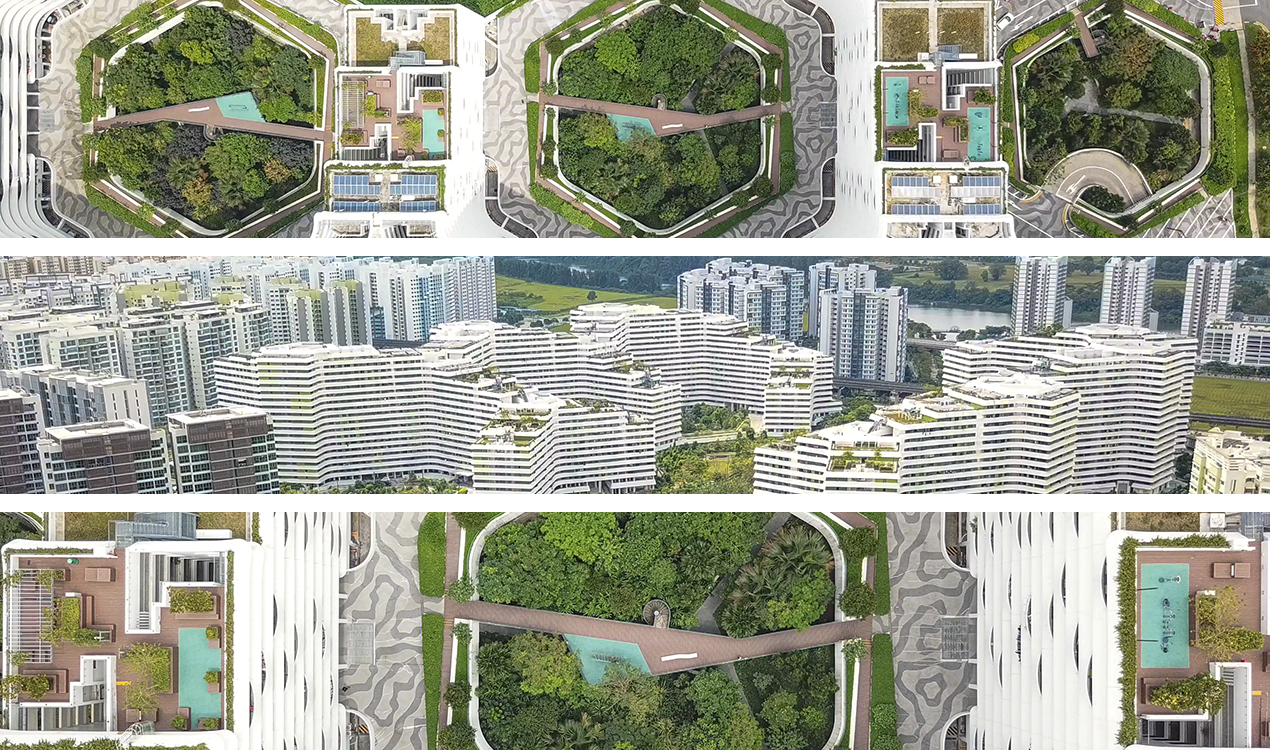
- 8+
- Completed
- (2021)
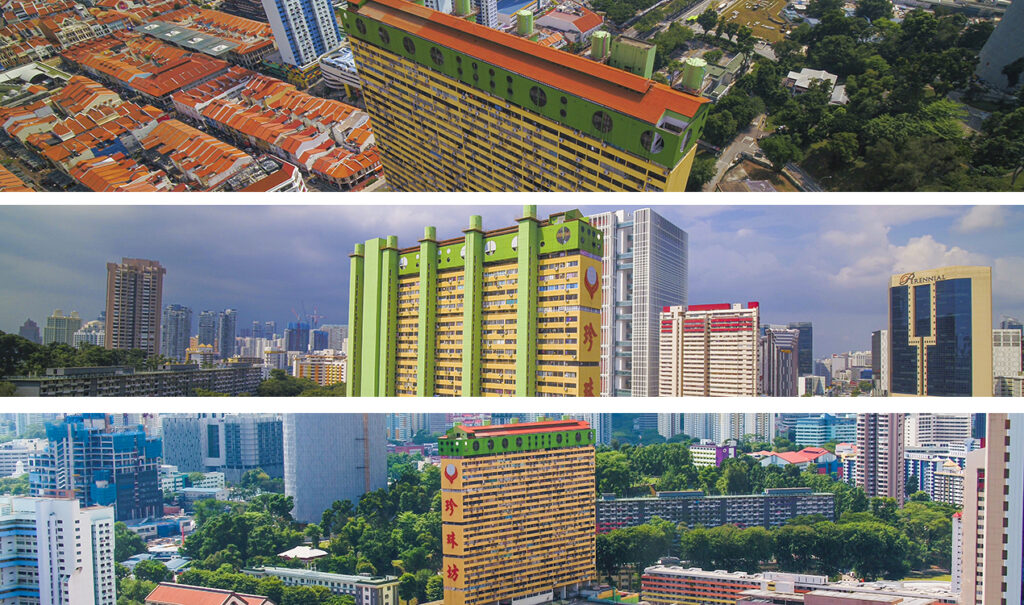
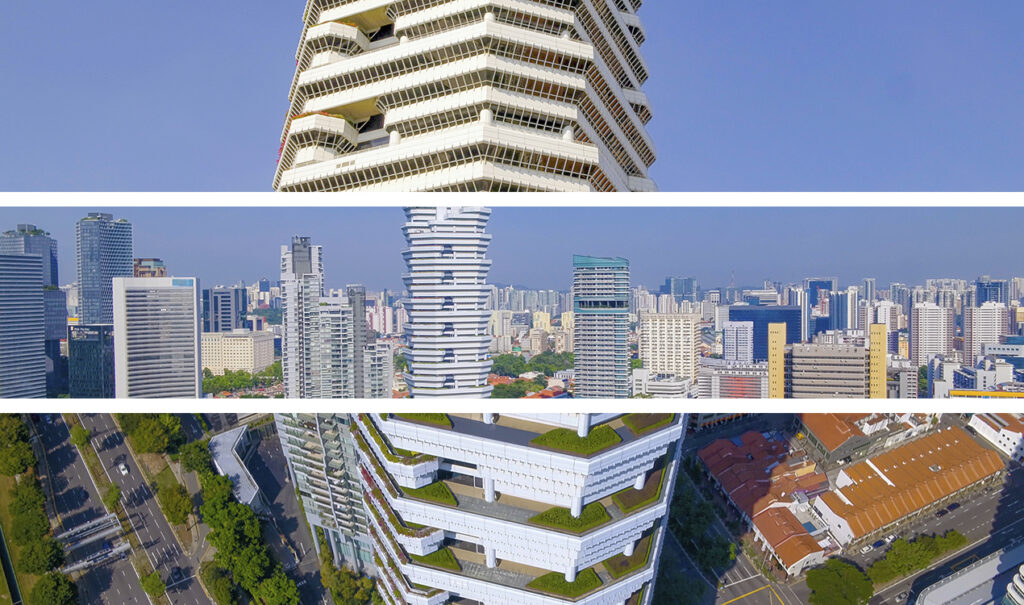
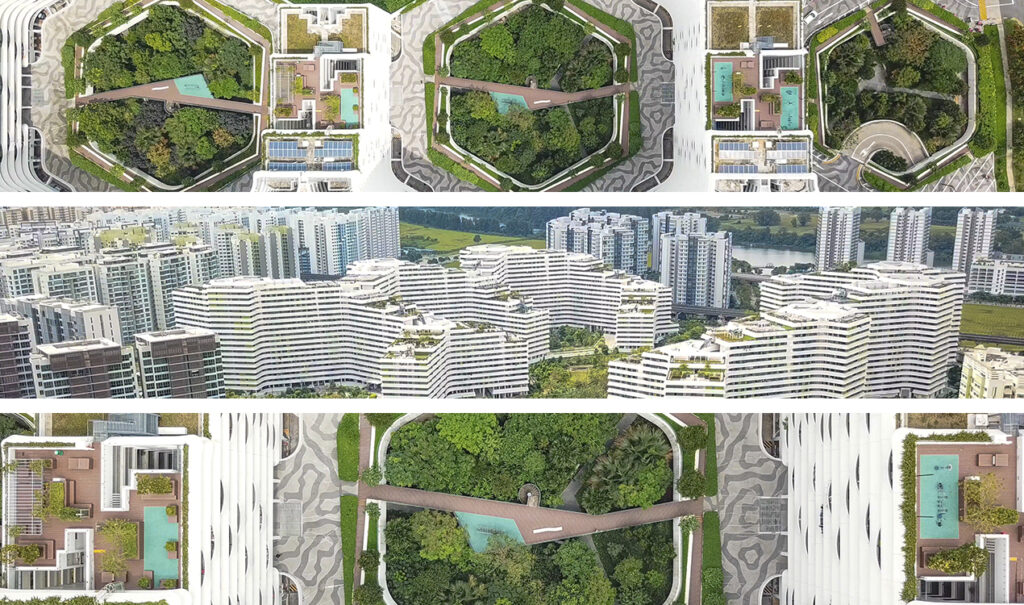
The Panoramic Utopian Singapore photography series displays aerial views of selected Singaporean built projects. Typically defined as “an unbroken view of a whole region surrounding an observer” these panoramic views isolate specific architectural accomplishments, built from the 1970s until today. Each visionary project demonstrates the utopian dimension of architecture in Singapore, and have had significant
The Panoramic Utopian Singapore photography series displays aerial views of selected Singaporean built projects. Typically defined as “an unbroken view of a whole region surrounding an observer” these panoramic views isolate specific architectural accomplishments, built from the 1970s until today. Each visionary project demonstrates the utopian dimension of architecture in Singapore, and have had significant impact on the discourse on architecture and urban design in Southeast Asia and beyond.
This visual survey celebrates the city as a hypothetic final destination, and reflects on the architectural proposition Singapore was able to produce during its period of rapid industrialization and urbanization following the declaration of independence in 1965. Ever since, the built and the natural environment have been high on Singapore’s agenda and the vision for its built environment has evolved from a ‘Garden City’ to a ‘City in a Garden’ and now a ‘City in Nature’. Within this framework, architects working in the city-state have proposed various visionary designs from the mini-city prototype of Golden Miles to a reflection on artificial landscape architecture with Punggol Waterway Terraces. Of specific importance is how architectural and urban designers in Singapore, often with strong international influences, have tempered, adapted, and transformed their work in order to adhere to the socio-cultural, economic, climatic and political conditions of the cityscape.
- Program8+
- StatusCompleted
- PartnersMaison de l'Architecture de Genève, Singapore-ETH Centre Future Cities Laboratory